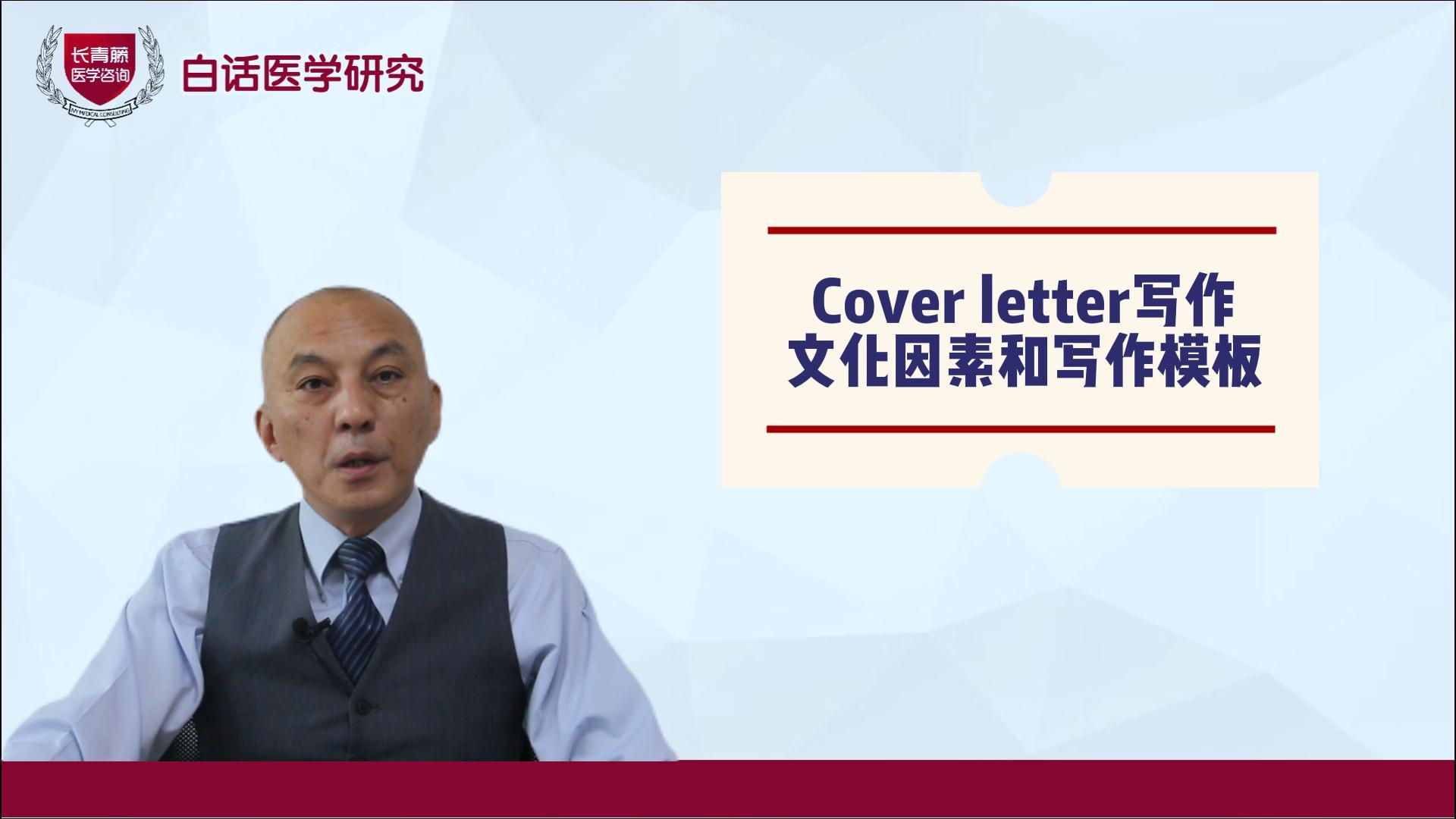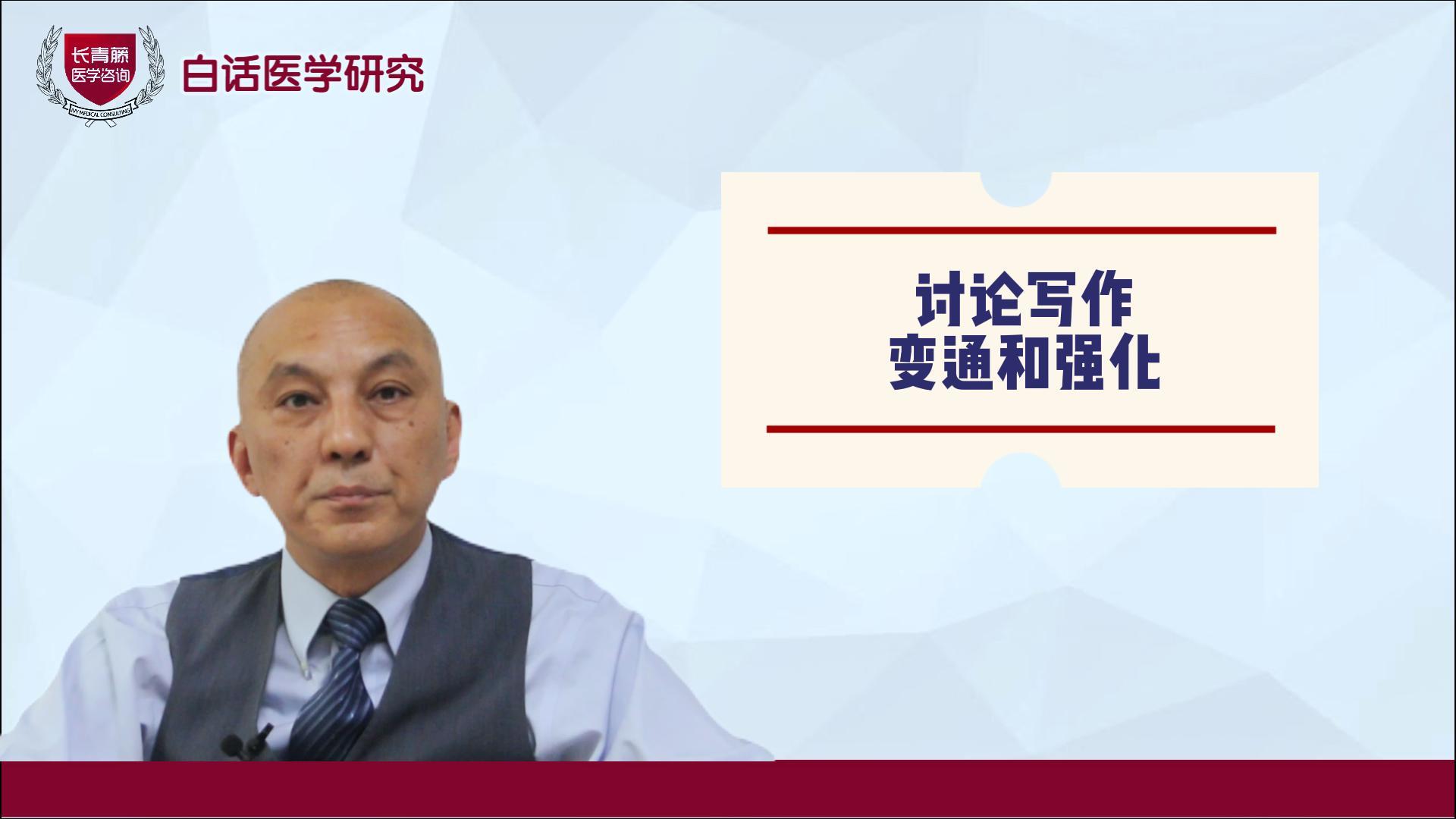2022-05-15


Mital S, et al. BMC Cancer. 2022 May 6;22(1):501.
筛查在癌症管理中非常重要。研究表明,使用人工智能(AI)读取乳房X线图像比多基因风险评分(PRS)能更准确地预测乳腺癌风险,但目前尚不明确基于人工智能的筛查是否比基于PRS或现有指南的筛查更具成本效益。
研究基于模型的经济评价,使用一种混合决策树/微观模拟模型来比较40-49岁女性的8种乳房X线成相术筛查策略的成本效益。
使用人工智能进行乳腺癌风险预测,然后对低风险女性不进行乳腺癌筛查,是最具成本效益的策略。与不筛查相比,该方法更具成本效益,每个质量调整寿命年的增量成本-效果比为23,755美元。
Abstract
Background: Current guidelines for mammography screening for breast cancer vary across agencies, especially for women aged 40-49. Using artificial Intelligence (AI) to read mammography images has been shown to predict breast cancer risk with higher accuracy than alternative approaches including polygenic risk scores (PRS), raising the question whether AI-based screening is more cost-effective than screening based on PRS or existing guidelines. This study provides the first evidence to shed light on this important question.
Methods: This study is a model-based economic evaluation. We used a hybrid decision tree/microsimulation model to compare the cost-effectiveness of eight strategies of mammography screening for women aged 40-49 (screening beyond age 50 follows existing guidelines). Six of these strategies were defined by combinations of risk prediction approaches (AI, PRS or family history) and screening frequency for low-risk women (no screening or biennial screening). The other two strategies involved annual screening for all women and no screening, respectively. Data used to populate the model were sourced from the published literature.
Results: Risk prediction using AI followed by no screening for low-risk women is the most cost-effective strategy. It dominates (i.e., costs more and generates fewer quality adjusted life years (QALYs)) strategies for risk prediction using PRS followed by no screening or biennial screening for low-risk women, risk prediction using AI or family history followed by biennial screening for low-risk women, and annual screening for all women. It also extendedly dominates (i.e., achieves higher QALYs at a lower incremental cost per QALY) the strategy for risk prediction using family history followed by no screening for low-risk women. Meanwhile, it is cost-effective versus no screening, with an incremental cost-effectiveness ratio of $23,755 per QALY gained.
Conclusions: Risk prediction using AI followed by no breast cancer screening for low-risk women is the most cost-effective strategy. This finding can be explained by AI's ability to identify high-risk women more accurately than PRS and family history (which reduces the possibility of delayed breast cancer diagnosis) and fewer false-positive diagnoses from not screening low-risk women.
百度浏览 来源 : 医微客
版权声明:本网站所有注明来源“医微客”的文字、图片和音视频资料,版权均属于医微客所有,非经授权,任何媒体、网站或个人不得转载,授权转载时须注明来源:”医微客”。本网所有转载文章系出于传递更多信息之目的,且明确注明来源和作者,转载仅作观点分享,版权归原作者所有。不希望被转载的媒体或个人可与我们联系,我们将立即进行删除处理。 本站拥有对此声明的最终解释权。




发表评论
注册或登后即可发表评论
登录注册
全部评论(0)